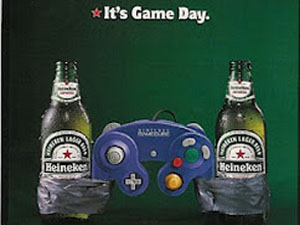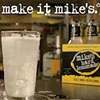 A new study finds that states are failing to do much if anything to keep young people from being exposed to advertisements promoting alcoholic beverages.
A new study finds that states are failing to do much if anything to keep young people from being exposed to advertisements promoting alcoholic beverages.
The report, issued by the Center on Marketing and Youth (CAMY) at the Johns Hopkins Bloomberg School of Public Health notes eight methods, referred to as best practices, for states to limit and reduce youth exposure to such advertisements. And according to the new research findings, only 11 states implement more than one “best practice” policy – with 22 implementing none at all.
In State Laws to Reduce the Impact of Alcohol Marketing on Youth: Current Status and Model Policies, CAMY researchers conclude that most states are doing inadequate jobs of keeping children from being exposed to alcohol ads in both traditional and untraditional media formats. The report found the legislative and regulatory steps taken by most states to be both “disappointing” and “inactive.”
The report assessed states on their utilization of best practices established by CAMY guidelines, including measures which prohibit alcohol advertising targeting minors, restrict outdoor alcohol ads in places children may frequent and establish jurisdictions over in-state television and radio advertising. In reviewing individual states’ alcohol advertising laws, CAMY researchers rated legislation on a continuum from “all elements of the best practice are present” to “the law has
none of the elements of the best practice.”
According to CAMY research, no states currently implement more than five of the recommended “best practice” policies.
Center on Marketing and Youth director David Jernigan, said that the research indicated most states have a lot of room for progress in reducing youth exposure to alcohol ads.
“We know quite a bit about how to reduce youth exposure to alcohol marketing and advertising,” he is quoted by Newswise. “This report should open people’s eyes to the unrealized potential of state action in this arena.”
